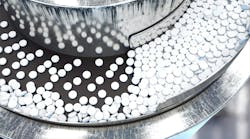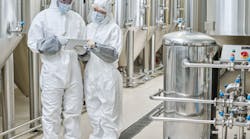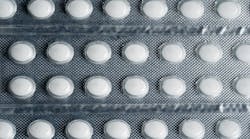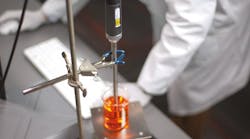For close to a decade, I reported on the food manufacturing industry. Between animal rights activists, preachy vegans, health food crusaders and anti-GMO advocates, my job didn’t always make me the most popular person at cocktail parties. When given the opportunity to write about the pharma industry instead, I thought, “Here’s my big chance to write about an industry beloved by the public and immune from criticism!” (Note: If there was a sarcasm font, I’d use it here.)
For this month’s cover story, we attempted to tackle everyone’s favorite talking point: drug pricing. With our government prohibited from directly regulating drug prices, drug companies can (say critics) set whatever price the market will bear. And sometimes this doesn’t sit well with the American public. In 2015, the country was outraged when Daraprim prices skyrocketed overnight from $13.50 to $750 a pill and Turing’s CEO quickly became the most hated man in America. A year later, Mylan raised the base price of an EpiPen two-pack from $100 to more than $600, and consumers blasted the drugmaker. Other examples that have flooded the news – from companies conspiring to fix prices on widely-used generic meds to neverending patent lawsuits – don’t bode well for the industry’s image.
But those in pharma tend to have a different viewpoint. They will quickly point out that despite the high-profile nature of drug pricing concerns, prescription drug spending represents only about 12% of the trillions we spend on healthcare. Despite critics saying that pharma attempts to justify price increases with the need for drug development research funding, drug pricing is not simply about recouping R&D costs on a single med — it’s mostly about the cost of failure. Failure, as it turns out, is quite expensive — to the tune of billions — in the drug industry. Only 12% of drug candidates that enter clinical testing are approved for use by patients. Hence, America’s drug prices, in part, are what compensates pharma for the extreme risk of developing new drugs.
Our cover story stresses what is just one portion of the very complicated drug cost equation — manufacturing — because besides being the focus of this publication, manufacturing offers some very tangible ways for the industry to reduce costs. (See Jerry Martin’s column, No Easy Answers for Drug Pricing). It is not surprising that despite facing pricing scrutiny and a wave of political uncertainty, pharma manufacturers are staying level-headed — continuing to increase manufacturing efficiencies in order to bring better quality products to market quickly and cost-effectively.
I find Trump’s infamous “getting away with murder” comment to be an accusation poured with irony. I came across a study that estimated that 73% of the increase in life expectancy over a period of 10 years could be directly attributed to new medicines. Hence, to deny a life-saving industry the means to bring new innovation to market is somehwhat murderous. The most recent numbers I could find estimated that the average American spends $185 out of pocket on prescription drugs per year. Interestingly enough, it’s also estimated that the average American spends, without complaint, $500 annually on alcohol — something which I think will make a great talking point at my next cocktail party.
Latest from Process Development
Latest from Process Development
Sponsored Content





